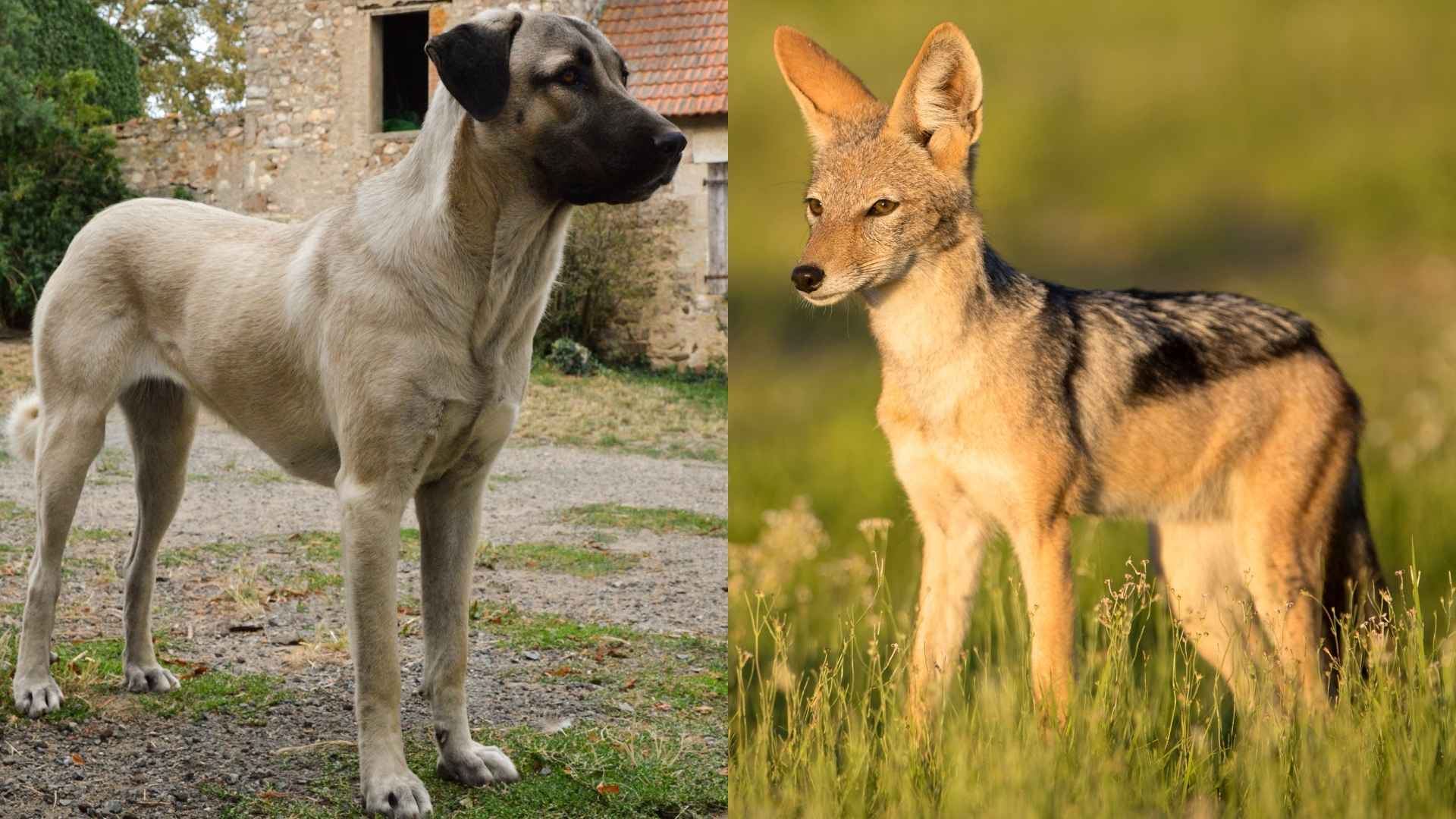Stray jackals are more than a nuisance in many rural areas—they can devastate flocks, unsettle livestock, and disrupt daily life for farmers and landowners. While deterrents like fencing, lights, or noise devices can help, the most reliable safeguard has always been the presence of a dedicated guardian dog.
For centuries, certain breeds have been carefully developed not as pets but as protectors, bred to stand their ground against predators and keep their flocks safe through instinct and courage. These dogs don’t rely on commands to do their work; they read the land, sense danger, and act when needed.
From silent nighttime patrols to bold, fearless confrontations, they carry on a tradition of protection that dates back hundreds of years. Here are nine remarkable breeds whose loyalty and natural vigilance make them some of the most effective deterrents against jackals you’ll ever find.
Dog Breeds That Chase Away Stray Jackals
1. Kuvasz
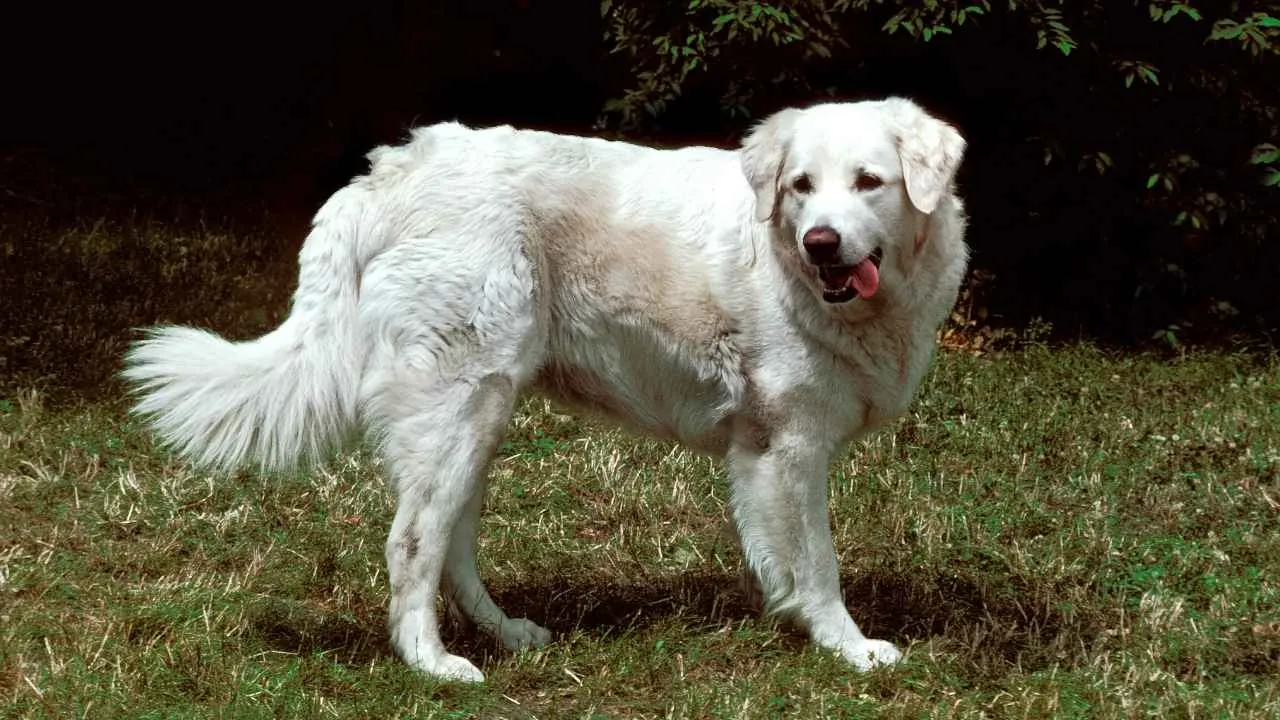
The Kuvasz has been guarding Hungarian livestock for centuries, valued for its quick thinking and steady watchfulness. It doesn’t wait for instruction but surveys its territory with quiet purpose, responding to shifts in the environment almost instantly.
Its dense white coat is more than aesthetic, it camouflages the dog among sheep, letting it blend into the herd and surprise predators like jackals. The coat also provides insulation against extreme cold, making it adaptable to harsh weather.
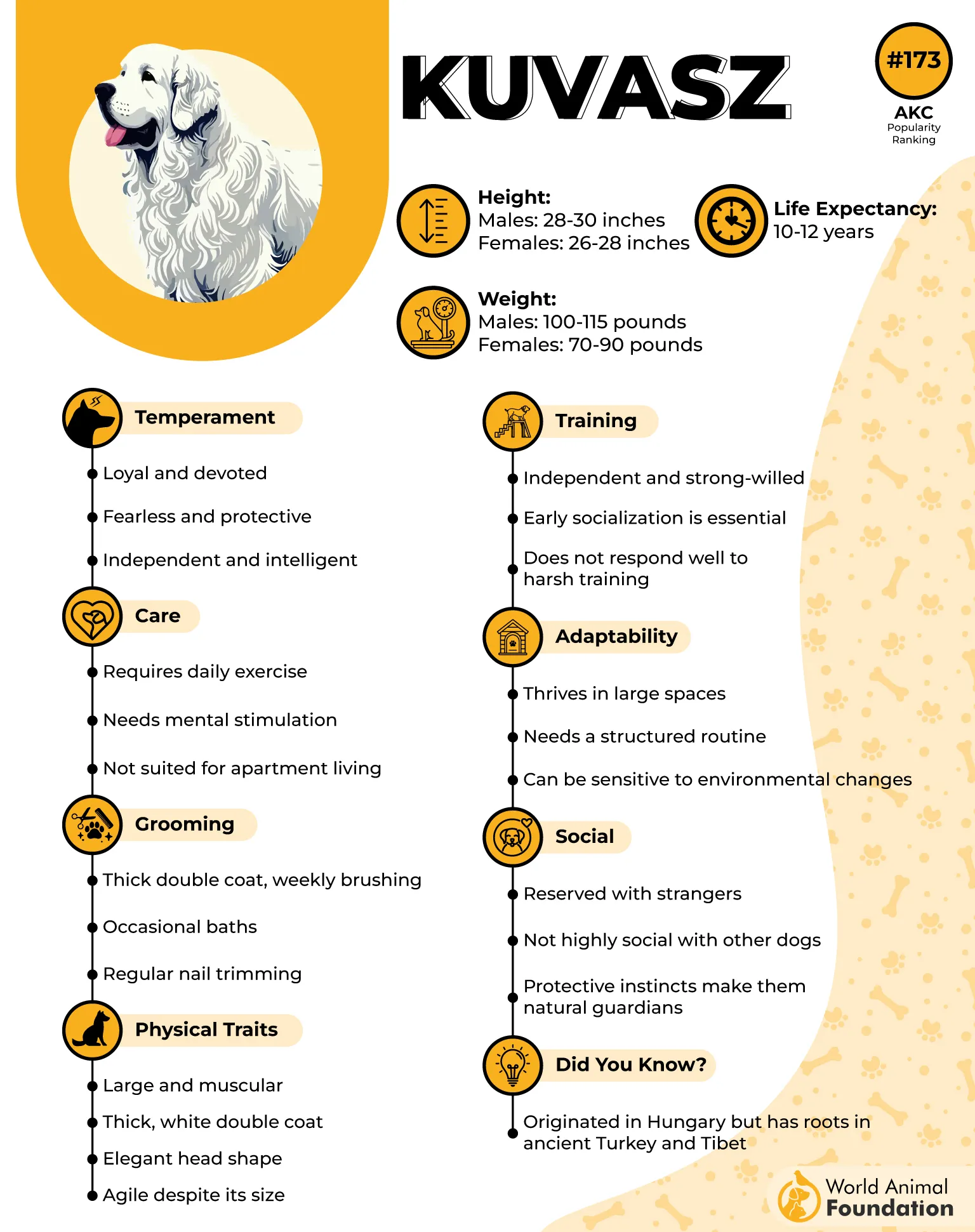
According to the AKC, training a Kuvasz takes a measured approach, since it’s both intelligent and stubborn. Harsh methods backfire; firm but respectful guidance builds trust and channels its instincts effectively.
While deeply protective, it is not naturally clingy. This independence makes it reliable on remote pastures where it can spend hours making rounds without constant supervision.
A Kuvasz can be territorial if not socialized early. Exposure to visitors and different livestock from a young age helps it distinguish genuine threats from harmless activity.
Fun Fact
Hungarian nobility once relied on Kuvasz dogs to guard royal estates and even the crown jewels.
2. Bernese Mountain Dog
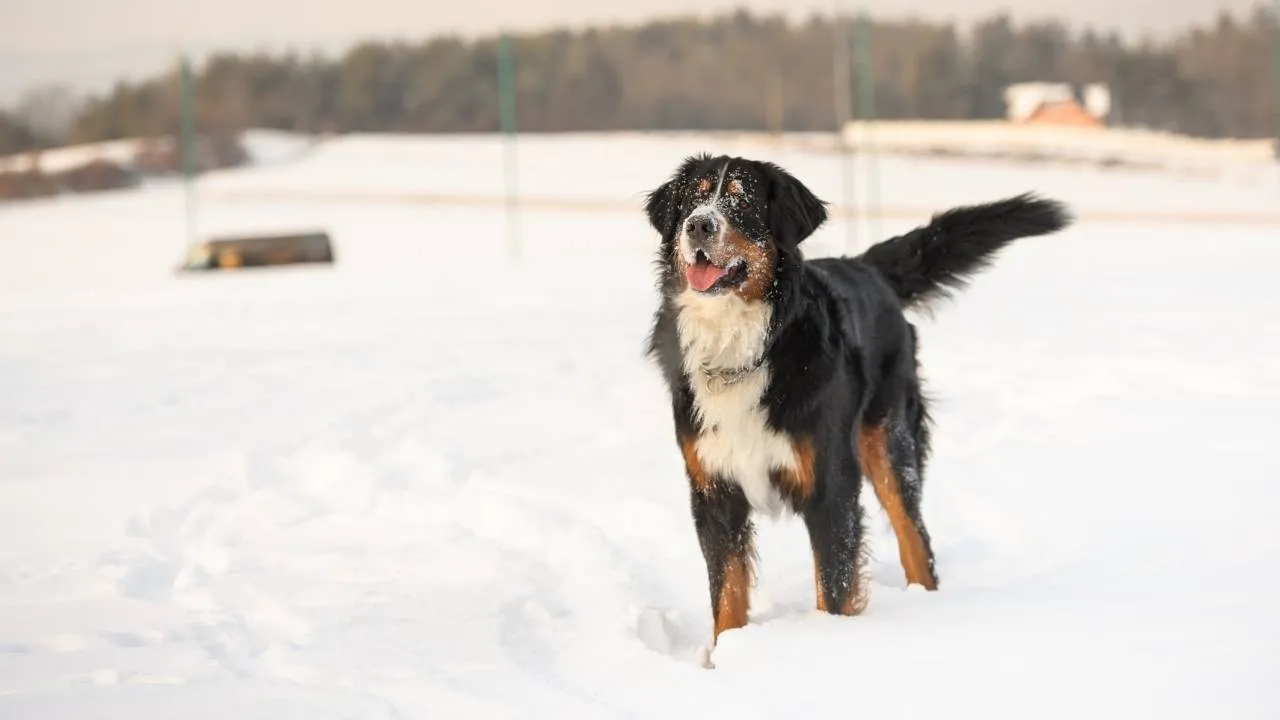
The Bernese Mountain Dog was developed in Switzerland to handle farm work, pulling carts, and helping herd cattle. Its natural awareness around livestock also makes it an alert and capable guardian when predators lurk nearby.
Its tricolor coat isn’t just beautiful, it’s thick enough to handle alpine winters while the breed stays active outdoors. Despite its size, it moves with surprising agility, able to cover ground quickly when needed.
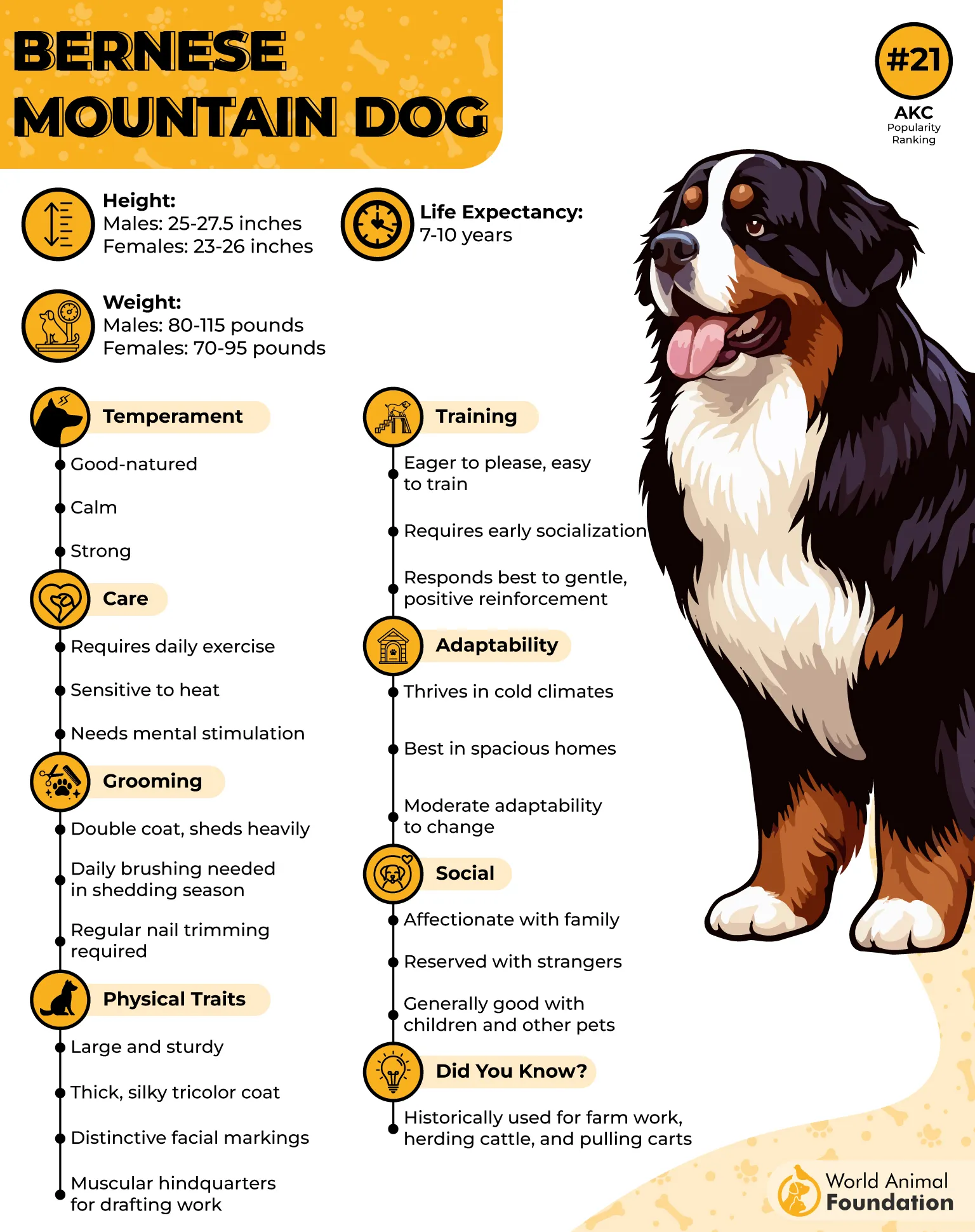
This dog thrives on structure and routine, which makes early training essential. Bernese Mountain Dogs respond best to positive reinforcement and clear expectations rather than constant correction.
They’re known for their even temperament, often patient with children and other animals. That calmness makes them steady watch dogs who don’t overreact at every sound, yet will respond decisively when needed.
Because of their strong attachment to people, they shouldn’t be left idle for long periods. When given a job or daily responsibilities, their focus sharpens, and their guarding instincts come naturally into play.
Fun Fact
Bernese Mountain Dogs once hauled heavy milk cans to market in rural Swiss villages.
3. Great Pyrenees
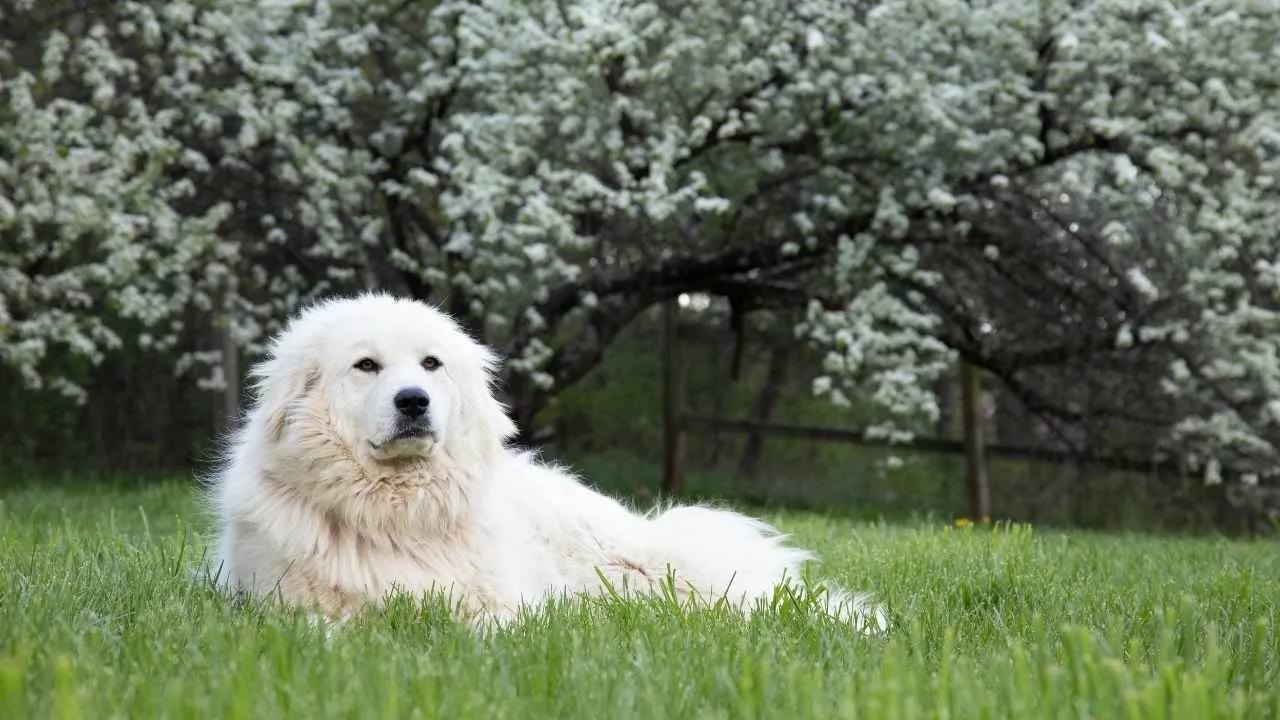
The Great Pyrenees has been a working protector for shepherds in the Pyrenean Mountains for hundreds of years. It was bred to patrol quietly, relying on patience and presence to discourage predators before a fight was necessary.
Its massive frame and lush white coat are more than ornamental—both signal to intruders that this is a formidable opponent. The coat also protects against cold nights in the mountains, where the breed has long stood watch.
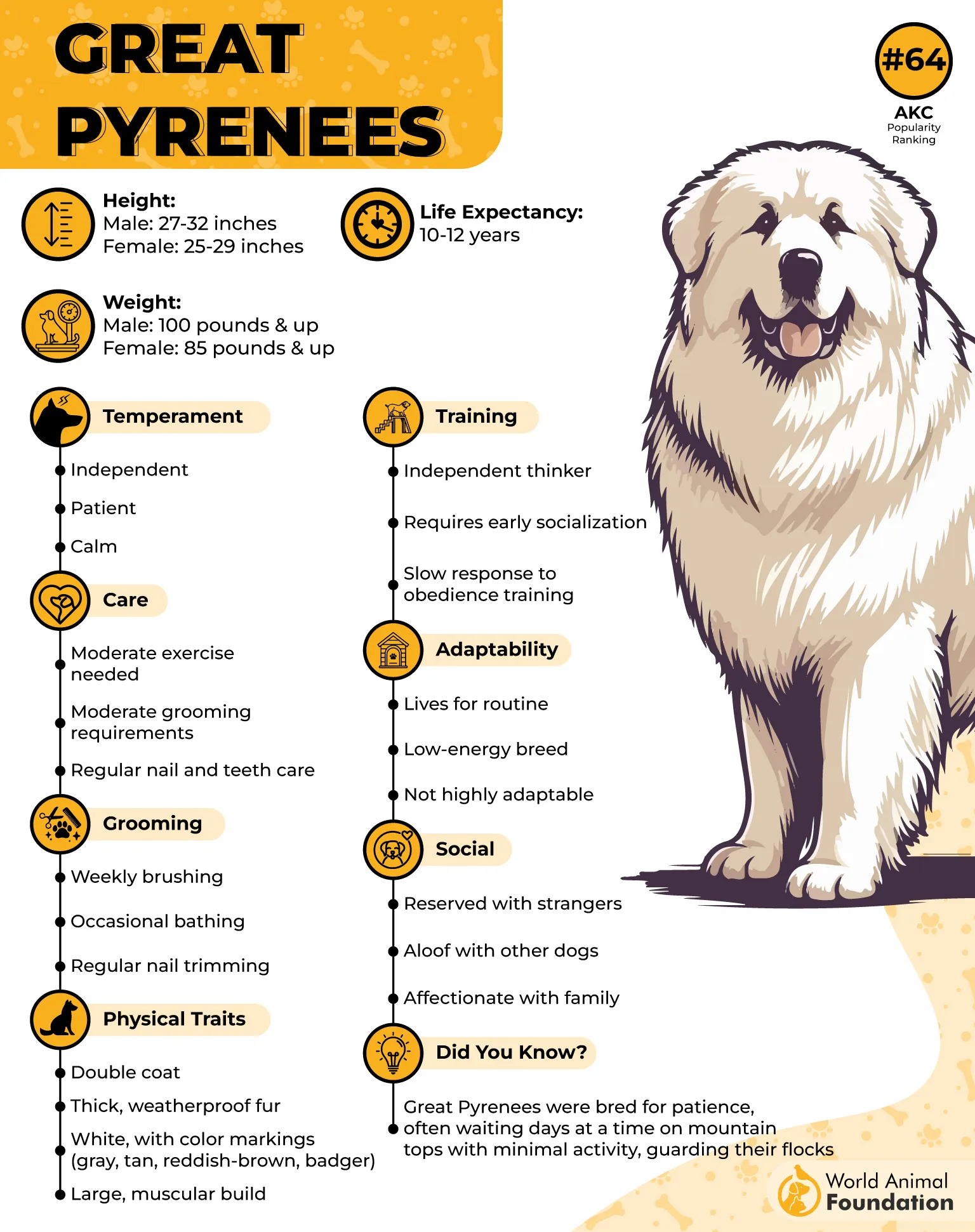
When it comes to training, this dog doesn’t respond well to drills or repetition. Instead, it prefers learning through real tasks, observing, and adapting to the situations around it.
The Great Pyrenees tends to bark at night, a trait that kept wolves and jackals away from flocks. Owners often learn to see that vocal nature as a protective asset rather than a nuisance.
Despite its reserved nature with strangers, it shows unwavering loyalty to its family and the animals it guards. That loyalty is instinctive, not taught, and it defines the way this dog sees the world.
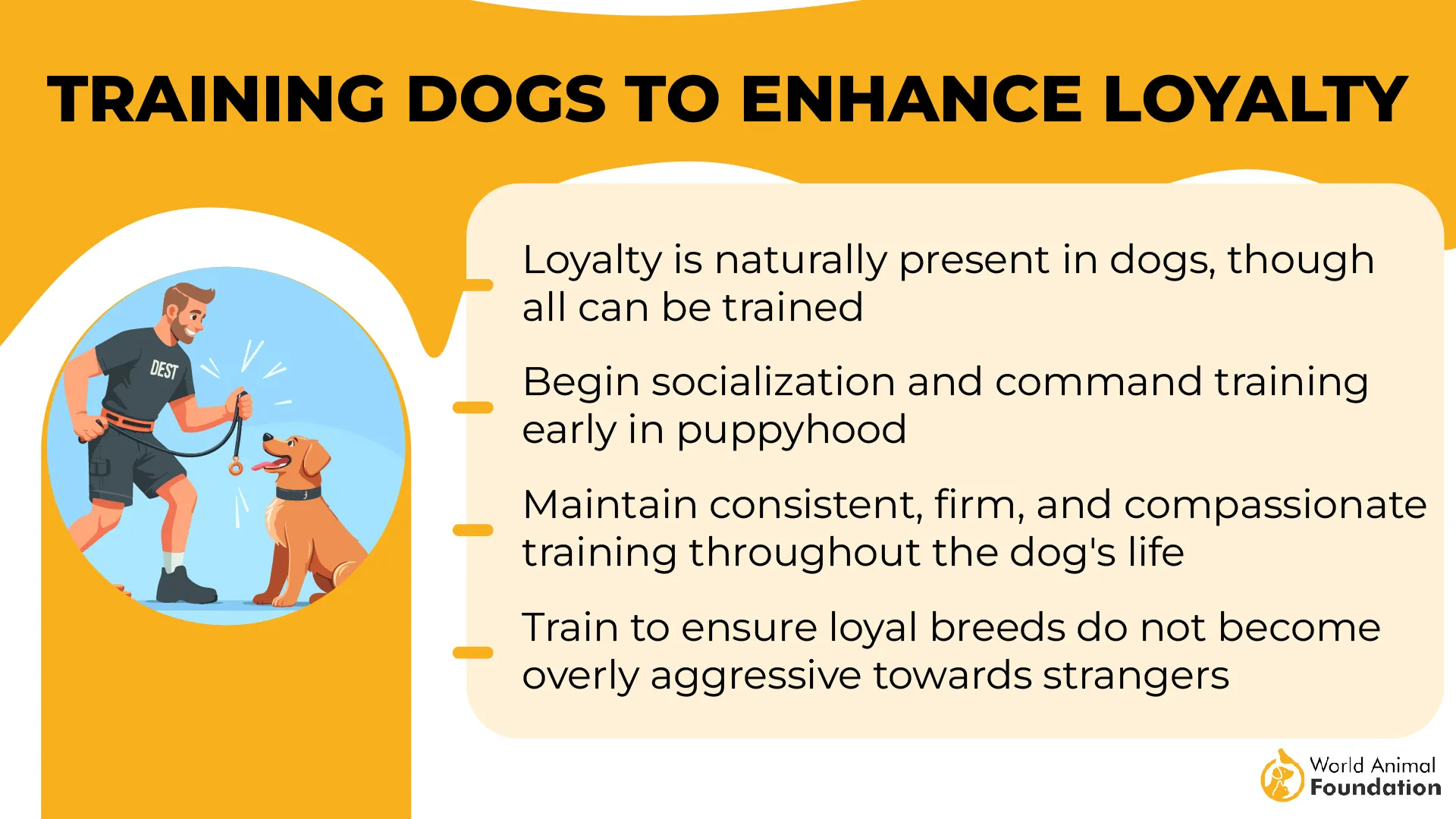
Fun Fact
The Great Pyrenees was declared the Royal Dog of France by King Louis XIV in 1675.
4. Komondor
The Komondor’s corded coat is its most striking feature, but it serves a purpose; it protects against bites and harsh weather while helping it blend with sheep. This natural camouflage allowed the breed to surprise predators that ventured too close.
The Komondor thinks for itself and can ignore commands it finds unnecessary. That independence is why shepherds trusted it to make decisions alone on distant fields.
Training must begin early and focus on trust rather than force. A Komondor will shut down or become suspicious if handled harshly, but it thrives when respected as a working partner.
These dogs are especially alert at night, often taking on the role of silent sentinels until they sense real danger. Their protective drive is deeply ingrained, and it doesn’t require coaxing.
PetMD states that because of their heavy coat, grooming is a serious commitment; it needs careful separation of cords to prevent matting and maintain their distinctive texture.
Fun Fact
Komondor puppies are born with soft, fluffy fur; the signature cords only begin to form around 8–10 months of age.
5. Anatolian Shepherd
The Anatolian Shepherd was bred in Turkey to patrol vast open land, guarding flocks against predators ranging from wolves to jackals. It relies on sharp eyesight and quiet vigilance, stepping in only when a real threat appears.
Speed is one of its greatest advantages; it can cover ground quickly, cutting off predators before they reach livestock. That mix of agility and power makes it a respected guardian across rural communities.
The breed’s independence can challenge first-time owners. Anatolian Shepherds prefer guidance over strict control, and training works best when it allows room for their natural instincts.
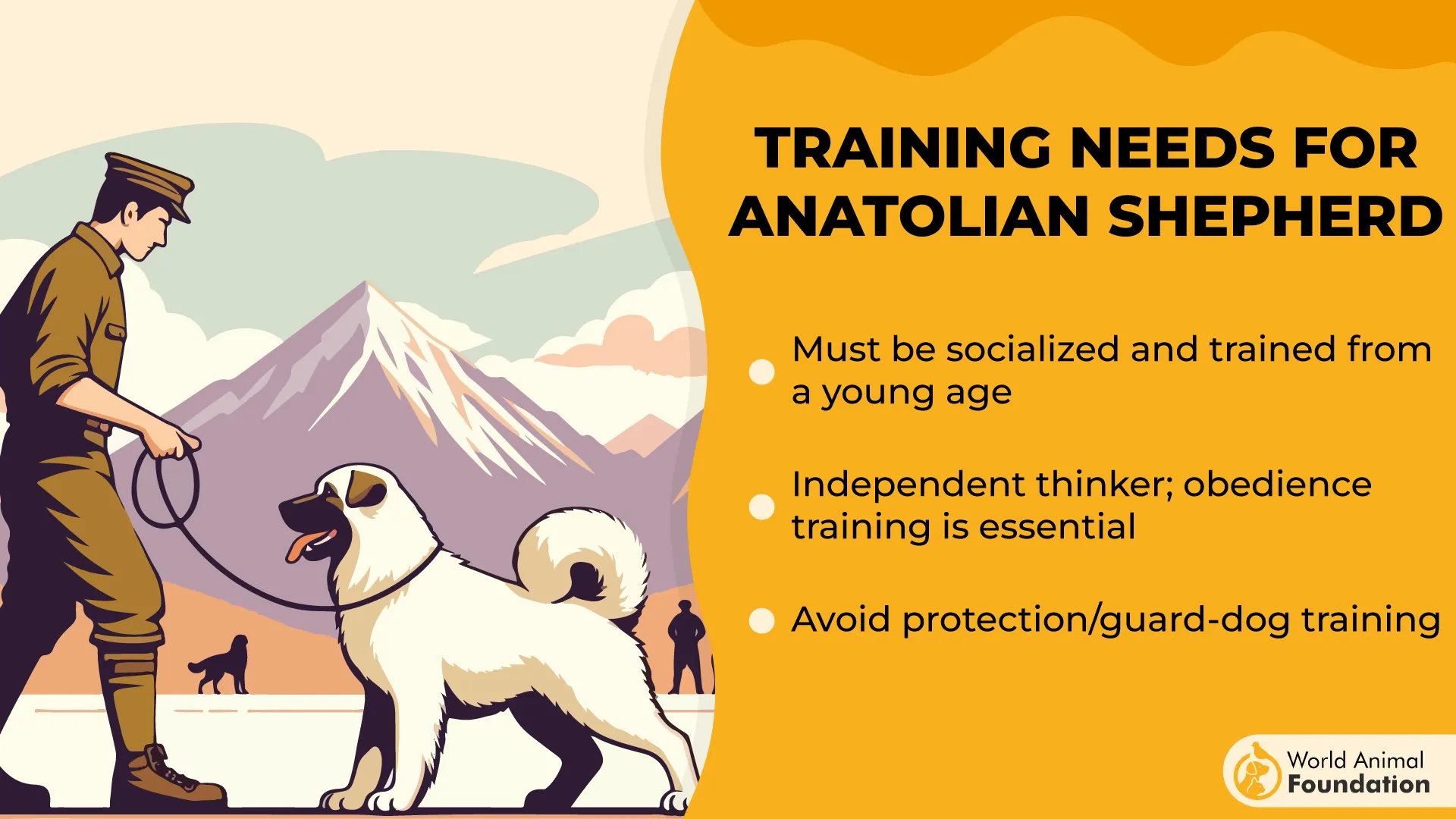
They bond deeply with the animals they protect, often forming an unspoken understanding with the flock. That bond creates a sense of purpose that fuels their watchful behavior.
Because they are territorial, early exposure to visitors and neighboring animals is important. It helps them learn what belongs under their protection and what doesn’t.
Fun Fact
Anatolian Shepherds have been gifted by the Turkish government to farmers in Africa to help protect cheetahs from retaliatory killings.
6. Akbash
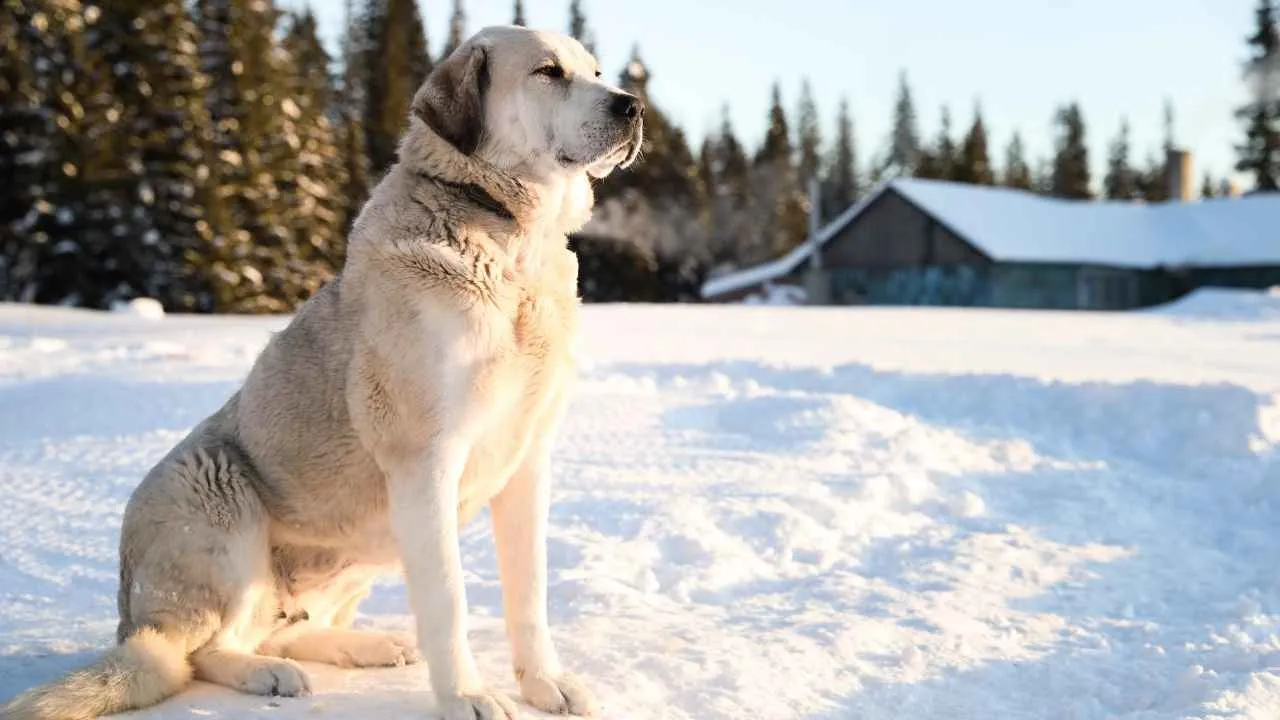
The Akbash is another guardian from Turkey, known for its leaner frame and quieter nature compared to some of its cousins. It waits, observes, and only intervenes when there’s no other option.
Its snowy white coat reflects the harsh sun of open pastures, keeping it comfortable while working long hours outside. That same coat also made it easier for shepherds to spot their dog among the flock.
Akbash dogs need time to grow into their protective instincts; they mature slowly and require patient, steady training. Pushing them too hard early on can create resistance instead of trust.
Their calm demeanor doesn’t mean they’re passive. When danger finally crosses their invisible boundary, they move decisively and with impressive force.
Because they are not overly demonstrative, some mistake them for aloof. In reality, they are simply focused, channeling their loyalty into the work they were bred to do.
Fun Fact
The word “Akbash” means “white head” in Turkish, a direct reference to this breed’s striking coat color.
7. Tibetan Mastiff
The Tibetan Mastiff developed in the Himalayas, where it stood guard over monasteries and livestock at dizzying altitudes. Its immense size and deep, resonant bark still command respect from anything that wanders too close.
Centuries of isolation in remote mountain villages shaped a dog that is wary of strangers yet deeply devoted to what it protects. This natural reserve is part of what makes it an effective deterrent.
Training a Tibetan Mastiff isn’t about drills—it’s about building trust. The breed responds best to consistent, calm handling and does not tolerate rough or repetitive methods.
Its heavy double coat allows it to stay outside in snow and subzero temperatures for hours without discomfort. That same coat needs weekly grooming to prevent tangles, especially during seasonal shedding, as noted by PDSA.
Because they’re independent thinkers, Tibetan Mastiffs won’t always come running when called. They assess the situation first, then decide if their presence is needed.
Fun Fact
In ancient Tibet, these dogs were so prized that they were often given to foreign dignitaries as royal gifts.
8. Maremma Sheepdog
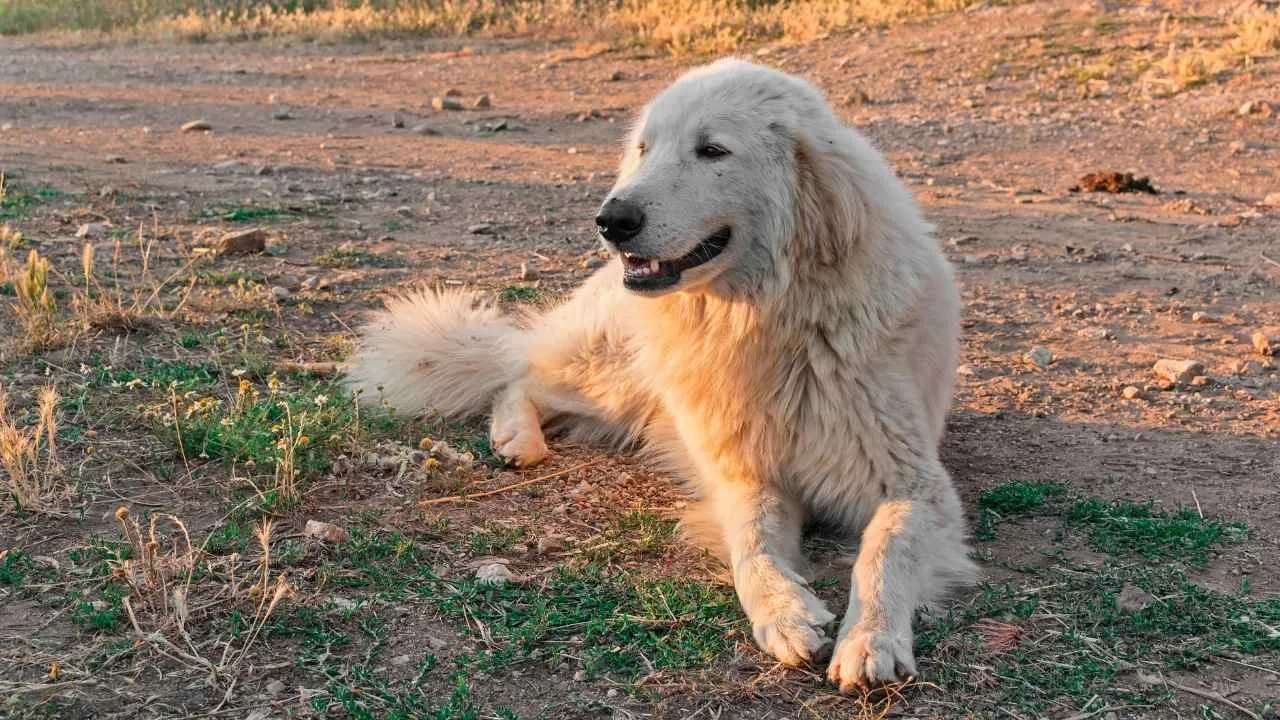
The Maremma Sheepdog has long roamed the hills of Italy, living side by side with flocks rather than simply following commands. Its quiet companionship reassures livestock, creating an invisible shield of calm.
The breed has a strong territorial instinct but doesn’t bark without reason. It tends to watch first, then respond in a measured way when danger approaches.
Maremmas are highly intelligent, but their training must reflect their working roots. They learn best through practical experience in the field rather than repetitive obedience drills.
Because of their devotion to their charges, they sometimes struggle if removed from a job—they’re happiest when assigned a purpose. That focus is what keeps them alert and reliable even in remote areas.
The thick, weatherproof coat helps them work year‑round, from the warm Italian summers to the cold nights in the hills. Regular brushing keeps it functional and healthy.
Fun Fact
Some Maremma Sheepdogs have been used to protect colonies of endangered penguins in Australia.
9. Pyrenean Mastiff
The Pyrenean Mastiff is one of Spain’s great guardian breeds, developed to escort flocks through predator‑rich mountain passes. Its immense frame alone makes jackals and other intruders think twice before approaching.
It combines sheer size with a calm temperament, making it easier to handle than some equally large guardians. That gentleness doesn’t diminish its ability to react forcefully if its flock is threatened.
Because of their patient nature, Pyrenean Mastiffs respond well to early, consistent socialization. They quickly learn to differentiate between everyday movement and genuine intrusion.
The breed has exceptional stamina, bred to travel long distances as sheep migrated between seasonal grazing grounds. That endurance is still evident today in their methodical pacing patrols.
Their dense, drooping coat provides protection against weather and bites alike, but it also requires careful upkeep to prevent mats and tangles.
Fun Fact
In medieval Spain, Pyrenean Mastiffs were outfitted with spiked metal collars to protect their necks from wolves and other predators.
Conclusion
Livestock guardian dogs have worked alongside humans for centuries, forming an unbroken chain of trust between species. They are not just herding dogs or family pets—they are partners who take on the daily risk of confronting coyotes, jackals, and other hunters that might harm out of hunger or fear.
Research points to their ability to deter predators not only through their presence but also through barking that signals a pack is ready to defend its territory. In the countryside, where fences, pens, and yards can only do so much, these dogs fill the gap, prepared to chase, catch, or simply warn off intruders before injuries occur.
Owning such a dog requires space, responsibility, and an understanding that their aggression is not random, it’s purposeful. They commonly work in pairs or groups, and when treated with respect, they bring peace to vulnerable flocks, rare harmony to rural life, and hope for safer coexistence between hunters and the humans who share their land.


